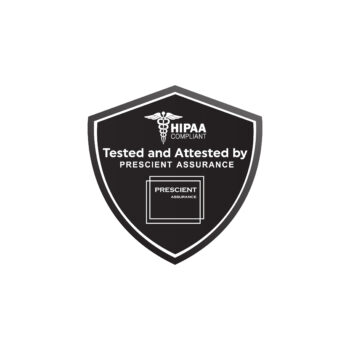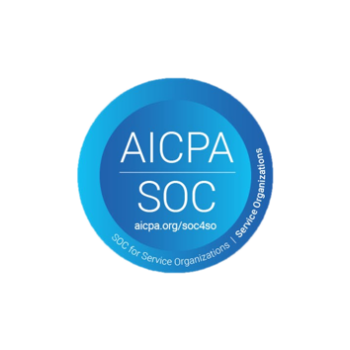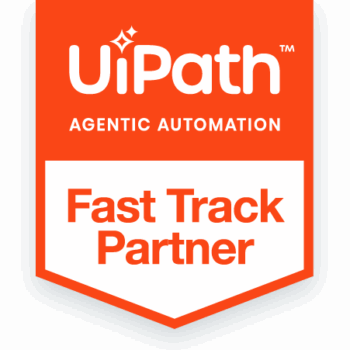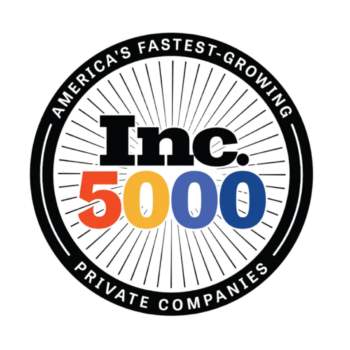
Let’s talk about adopting RPA. Recently I read a post by Meritalk which was titled, “RPA Driven by Business Owners, Not CIOs” and want to expand on that thought and a bit more. In the past, any technology initiative has generally involved IT in some manner. Today the world is changing rapidly as technology is not relegated to just the IT Department. With cloud-based computing and variety of SaaS solutions, like Asana, Salesforce, Zoom amongst others. IT is no longer in a position in which they need to host EVERY application in their data center. In many cases, business practice leads (i.e. Finance, HR and Operations) are making the buy decisions on which applications they use and in some cases without any involvement from IT.
At a recent UiPath conference #PathForward Americas, I listened to one of the presenters make the claim that all companies are now “Software Companies”.
That line really stuck with me and made me think of what the current and future state of business is. It includes software at every point of the business process. Whether it be to cut down on travel and be able to clearly communicate with anyone in the world at a moment’s notice (i.e. Zoom) or manage your projects and track hours for your team with Asana. Both applications are available every conceivable device which is an absolute necessity with today’s mobile worker. Most of the times employees are using personal devices. Moreover, they are communicating on a network outside of the constructs of the company’s network. The applications have become vital to businesses and IT has zero involvement in administering, hosting or managing them.
RPA is on a similar trajectory.
With cloud based server applications like UiPath’s Orchestrator, managing robots has become an easier and more scalable activity. The process to create a functional robot that can work side by side with a human is a trivial task. The analysis, development, hosting and support of the RPA Process can be done by an RPA Partner. Installing the robot (attended or unattended) on a machine is easy and the process can easily be automated. Once it’s installed, the Orchestrator knows about it and you are ready to go. One can update packages and push them out to the Robots without touching each affected machine. In addition, one can run jobs, schedules and view statuses from a central place. There is no need for dedicated IT involvement.
This is an exciting development because it allows the real “subject matter experts” to identify which processes can be automated and design them in such a way, that can bring the most value. For example, Employee Onboarding and Offboarding is a process that requires multiple steps. Logins and typing in of repetitive data into multiple applications are some of them. While there might be a small IT component (network login and email) to this, it could conceivably all reside within HR since the robot would have access to the systems needed. One can even argue that back-office jobs such as Purchase Order and Invoice Management can also be run within the departments and not involve IT.
I have worked in IT and with IT for my entire career. I am not an advocate of not including them in the decision but as explained, the dynamics have changed and business functional areas can begin to think of themselves as less dependent on IT and function similar to the way software companies do.
Peter S Camp is the CTO and Founder of CampTek Software. He has been developing RPA Applications for over 15 years. For further questions, discussion or inquiry about CampTek Software Services, contact info@campteksoftware.com




